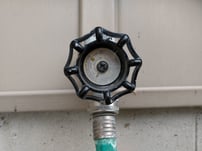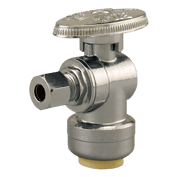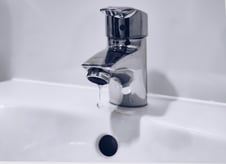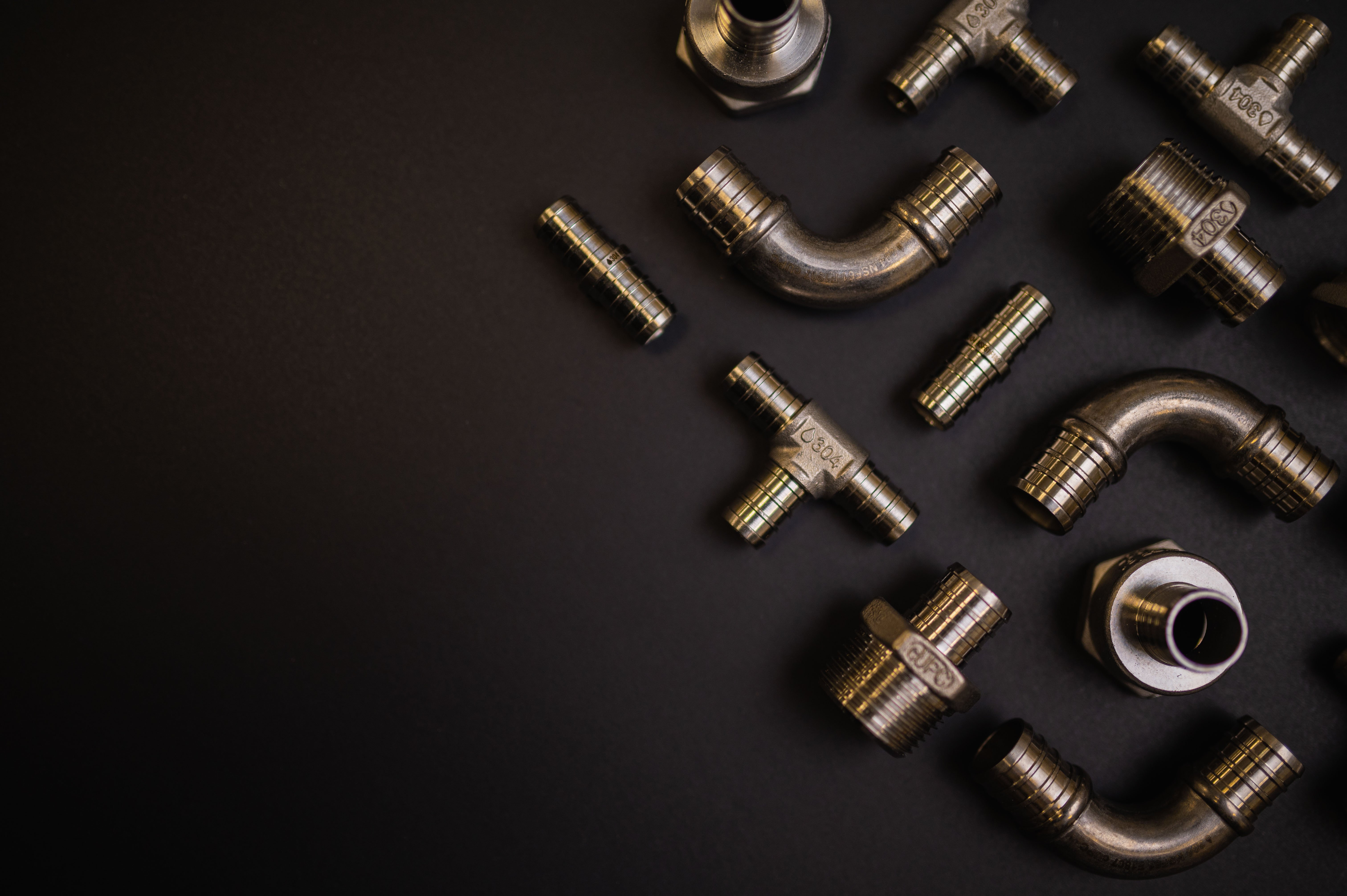One of the most unpredictable things we can run into in life is the weather. In some regions, cold weather and snow happen for as much as half the year, and yet for other areas, there is never a worry about shovelling snow or brushing snow off vehicles. Across Canada and the US, the climates vary quite a lot, which is why we created a blog to help you protect the plumbing in your home, no matter the climate you live in.
First, we will start with ways to winterize your home, protecting your pipes from freezing in the winter months and then we will take a look at different ways to protect your home in warmer climates.
Winterization
The majority of Canada (and many places in the US) have winter 5-6 months out of the year. That is a long time for damages to occur due to cold temperatures and snow.
1. Protect your Outdoor Plumbing Fixtures
To ensure that your outdoor plumbing fixtures don't freeze, in the fall, when the weather starts to drop, disconnect and store any garden hoses. You can then shut off the water to any outdoor faucets, drain the line and then you will have the ability to insulate any hose bibs. It is also good to be aware if any of your indoor pipes run through the exterior walls of your home, and if they are not properly insulated, they could freeze.
2. Properly Insulate
And that leads us to number 2, be sure to properly and thoroughly insulate areas of your home like the exterior walls, basements and even the pipes themselves. Choosing not to insulate properly can lead to freezing or bursting pipes if you are not cautious. There are many different companies that you can hire to perform an insulation audit to see where your problem areas are, and what necessary steps you should take to ensure your home is properly insulated.
3. Make Sure your Shut off Valve is Easily Accessible
The shut off valve is very important and needs to be easily reachable in case a water line ever freezes or bursts. Everyone in your home should know where it is located and make sure to not pack items from your garage or basement around it. You should also test the shut off valve, ensuring it is in good condition and works properly. If an emergency occurs, you will need to shut the water off immediately and entirely. If the shutoff valve is rusted and won't shut off completely, you need to replace it. A professional plumber can help with this.
bursts. Everyone in your home should know where it is located and make sure to not pack items from your garage or basement around it. You should also test the shut off valve, ensuring it is in good condition and works properly. If an emergency occurs, you will need to shut the water off immediately and entirely. If the shutoff valve is rusted and won't shut off completely, you need to replace it. A professional plumber can help with this.
If you live in warmer climates, the shut off valve may not be right next to the fixture. See step 1 of warmer climates.
4. Let your Faucets Run During Freezing Spells
 Do you have a faucet that is located on an exterior wall? You may want to let your faucets drip, especially when the temperatures dip below freezing. Any faucets and pipe that are located on exterior walls are prone to freezing. It is also important to turn on both the hot and cold water lines as both can be affected by cold temperatures. In extremely cold situations, you could even leave the cabinet doors open to allow the warm air in your home to hit the pipes.
Do you have a faucet that is located on an exterior wall? You may want to let your faucets drip, especially when the temperatures dip below freezing. Any faucets and pipe that are located on exterior walls are prone to freezing. It is also important to turn on both the hot and cold water lines as both can be affected by cold temperatures. In extremely cold situations, you could even leave the cabinet doors open to allow the warm air in your home to hit the pipes.
5. Prep your Home if you are Leaving for Long Periods of Time
Heading somewhere warmer for the winter months? Shutting off the water and draining the plumbing system are good ways to help prevent any freezing pipes or plumbing emergencies while you're away. Something you definitely do not want to happen is a pipe exploding while you are far away from your home, causing extended damage before someone notices. This is a relatively simple way to provide you with peace-of-mind.
6. Keep Doors Shut, Especially Garage Doors
If you live in a home with an attached garage or a cold basement, it may be wise to shut these doors in order to keep the cold out and the heat in. This ensures your furnace does not have to work as hard to keep the home warm, and that warmth protects your plumbing. In some cases, during particularly harsh cold bouts, it can even be beneficial to keep the cupboard doors in your kitchen and bathroom open in order to allow warmer air to circulate closer to the plumbing.
Warm Climates
1. Be aware of the Location of your Shutoff valve and Who can Turn it Off
In places where snow and cold temperatures are not much of an issue, your shut off valve may be located in an entirely different location then the one mentioned above. You may notice a water meter outside your home, that is where the master shut off valve is located. Be sure to check with your city regulations as some places do not allow you to shut off the water yourself.
2. Hot and Wet Weather can Affect Pipes Underground
If you experience a large amount of rain, it can shift your pipes underground. Hot temperatures can also cause the soil around your house to expand, also shifting your pipes. Any sort of shifting could cause your pipes to crack or burst. This brings us back to number 1: always be sure you are aware of where the shut off valve is located, in case you need to make a quick move and shut off the water to your home.
3. Look out for Puddles or Pooling Water
Puddles or pooling water around your home may seem innocent, but did you know that it could be a sign your pipe is leaking? Inspect the external plumbing around your house such as exposed pipes. If you notice a leak, you can get it fixed.
4. Make Sure your Irrigation System is Working Properly
A lot of places in warmer climates have in-ground irrigation systems to help keep your lawn green or your gardens watered. Be sure that everything is working properly and that there are no leaks going on underground.
In Conclusion:
Wherever you live and whatever climate you experience, you should be aware of what can affect your plumbing and what can cause the most damage. Taking the time to properly winterize your home or be aware of the location of your shut off valve will save you both time and money, if you ever run into an emergency.
Have further questions about this subject?

Head over to Boshart's Knowledge Base: technical product information, guidelines, and more.




.png)
SHARE